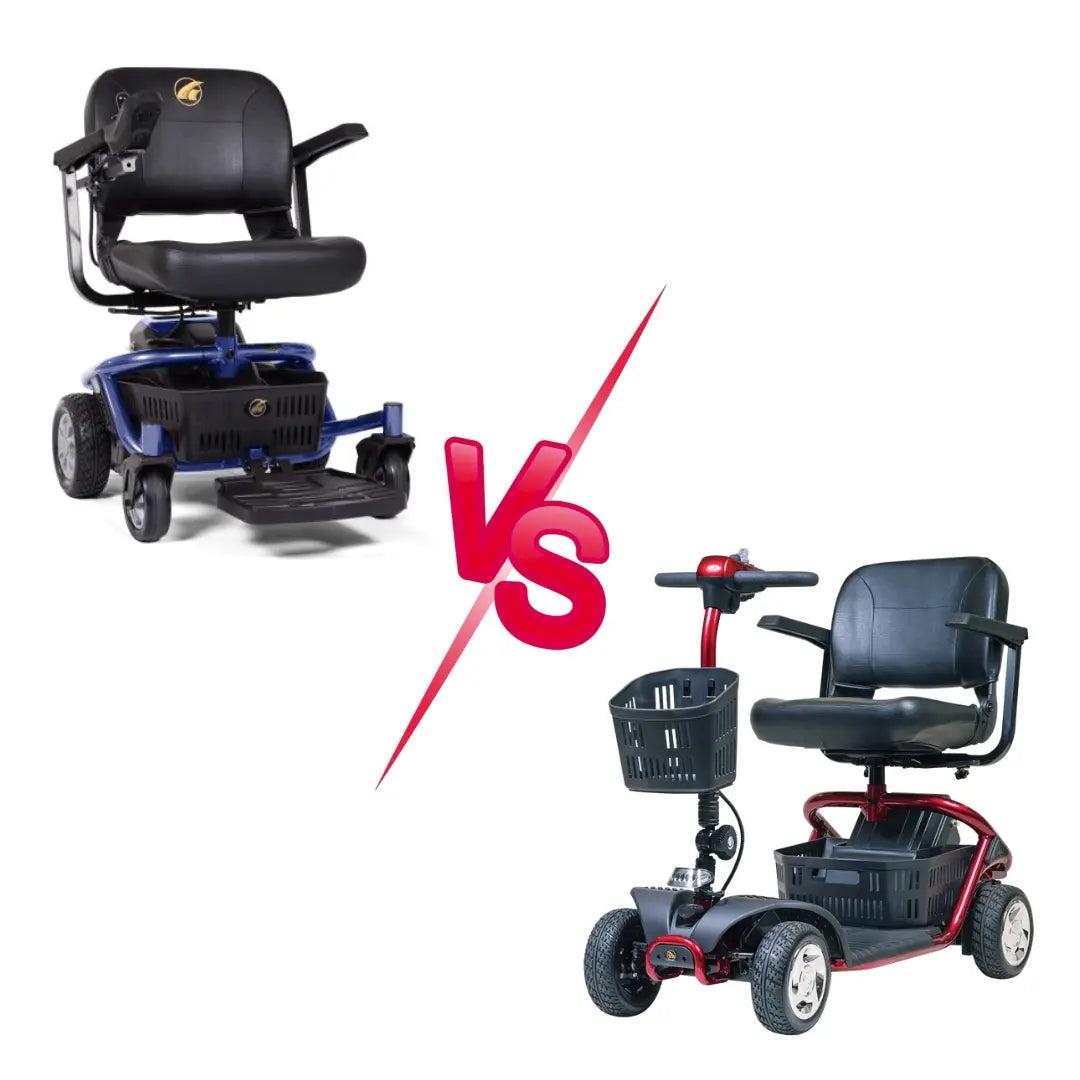Powerchairs and scooters are both mobility devices designed to help individuals with limited mobility to travel independently. However, there are some key differences between the two:
-
Design: Powerchairs are typically designed with a joystick or other control device that is mounted on the armrest of the chair. The chair is designed to be used primarily indoors and has a tight turning radius for maneuvering in tight spaces. Scooters, on the other hand, typically have handlebars for steering and are designed for outdoor use.
-
Maneuverability: Powerchairs are designed for excellent maneuverability, with the ability to turn on a dime and navigate through tight spaces, such as doorways and corridors. Scooters are less maneuverable, with a larger turning radius, and may have difficulty navigating through tight spaces.
-
Weight capacity: Powerchairs are generally designed to accommodate higher weight capacities than scooters, with some models capable of supporting up to 600 pounds or more. Scooters typically have lower weight capacities, with most models designed to support up to 300-400 pounds.
-
Seating: Powerchairs usually have a more customizable seating system with various adjustments to accommodate different body types and positioning needs. Scooters typically have a fixed seating system with fewer adjustment options.
-
Terrain: Scooters are typically designed for outdoor use and can handle rougher terrain, such as gravel or grass. Powerchairs are generally designed for indoor use or on smooth surfaces, but some models can handle outdoor terrain with the addition of specialized tires or suspension systems.
When deciding between a powerchair and a scooter, it's important to consider the individual's mobility needs, lifestyle, and personal preferences to determine which device will best meet their needs. A healthcare professional or mobility specialist can help provide guidance on selecting the most appropriate device.



